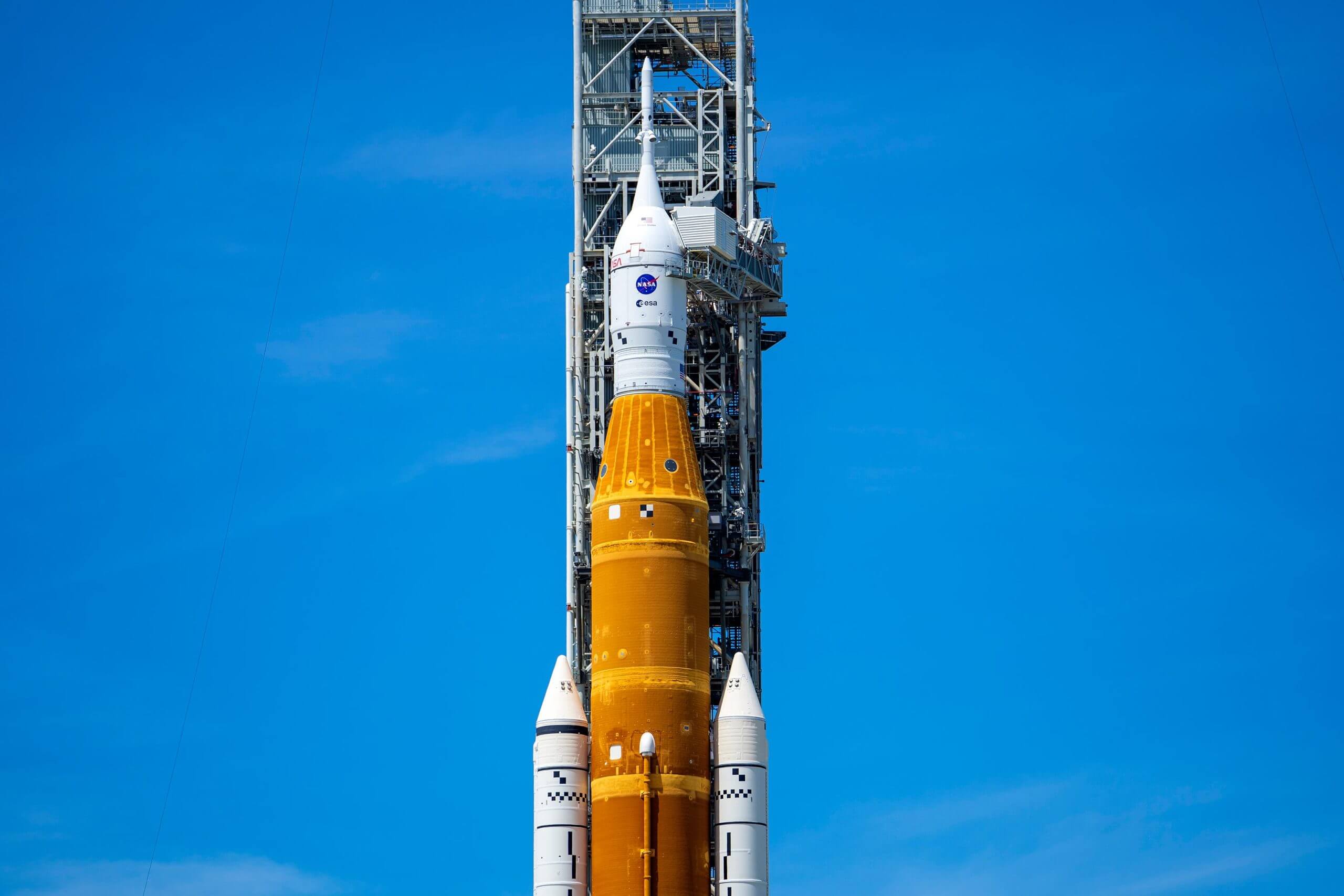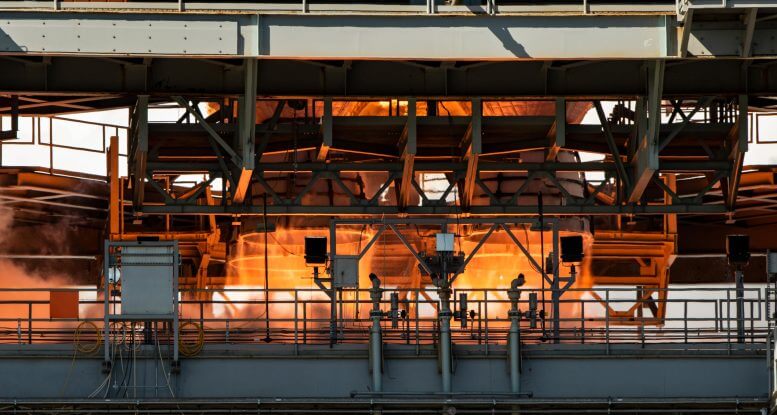On Saturday, September 17, they will conduct an engine cooling test and then it will be decided when it will be possible to launch Artemis 1, after the launch was delayed twice due to leaks

After first disconnecting the ground-side and rocket-side plates at the interface of the liquid hydrogen fuel feed tube (a so-called quick disconnect), crews have already replaced the seals in the core stage of the SLS rocket related to the liquid hydrogen leak detected in the Artemis 1 launch attempt on September 3.
Both the 8-tul pipe used to fill and drain liquid hydrogen in the core stage and the 4-tul discharge pipe used to redirect some of the propellant during filling operations were removed and replaced this week.
Next, the technicians will reattach the pipe panels and perform tests over the weekend. After that, they will start preparing for a fill-in demo as early as Saturday, September 17th. This demonstration will allow the engineers to verify the function of the new seals in cryogenic conditions (extreme cold) that are expected on the day of the launch, before proceeding to the next launch attempt.

During the operation, the crews will practice loading liquid hydrogen and liquid oxygen in the core stage of the rocket and in the intermediate stage of the cryogenic propellant. They will work to reach a state of stable filling of the two propellants. Crews will make sure the leak is fixed.
They will perform the engine cooling test and a pre-pressurization test to ensure that the hardware and software systems on the ground and in the missile can perform the necessary functions to thermally qualify the engines for flight. The teams will review the test results and develop strategies for the next launch opportunity after analyzing the data.
More of the topic in Hayadan:
